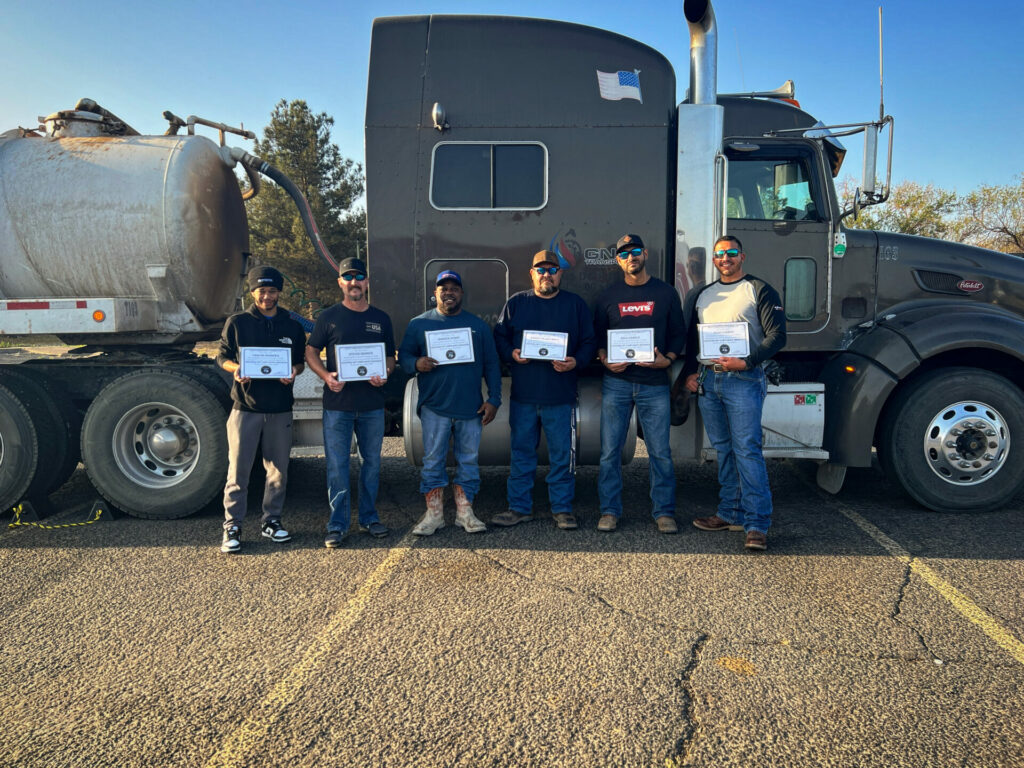The trucking industry is the backbone of commerce, facilitating the transportation of goods across vast distances. However, with the immense responsibility of moving freight comes the critical need for rigorous safety and compliance standards. Trucking safety and compliance training is essential for ensuring that drivers, companies, and the general public remain safe. This comprehensive guide explores the significance of trucking safety and compliance training, its core components, and the benefits it offers to the industry.
Understanding Trucking Safety and Compliance
The Need for Safety and Compliance in Trucking
The trucking industry is fraught with risks, from long hours on the road and heavy traffic to adverse weather conditions and mechanical failures. Trucking Safety and compliance training helps mitigate these risks by equipping drivers and companies with the knowledge and skills needed to adhere to safety regulations and best practices.
Regulatory Framework
In the United States, the Federal Motor Carrier Safety Administration (FMCSA) sets forth regulations that govern trucking operations. These include hours of service (HOS) rules, vehicle maintenance standards, and driver qualifications. Compliance with these regulations is not only a legal requirement but also a crucial component of operating a safe and efficient trucking business.
Core Components of Safety Compliance for Trucking Companies
Hours of Service (HOS) Compliance
Hours of Service regulations are designed to prevent driver fatigue, which is a leading cause of accidents. Training programs cover HOS rules, helping drivers understand how to log their hours correctly, the importance of taking mandatory breaks, and the consequences of non-compliance.
Vehicle Maintenance and Inspection
Regular vehicle maintenance and inspections are critical for preventing mechanical failures that can lead to accidents. Training includes guidance on pre-trip, en-route, and post-trip inspections, as well as routine maintenance practices. Drivers learn to identify potential issues and ensure their vehicles are roadworthy.
Driver Qualification and Training
Drivers must meet certain qualifications to operate commercial vehicles. Safety and compliance training ensures that drivers are properly licensed and have received the necessary training to handle their vehicles safely. This includes defensive driving techniques, handling hazardous materials, and understanding vehicle dynamics.
Load Securement
Improperly secured loads can shift during transit, causing accidents and damage. Training programs teach drivers how to properly secure different types of cargo, ensuring it remains stable throughout the journey. This is especially important for transporting hazardous materials or oversized loads.
Drug and Alcohol Testing
The FMCSA mandates regular drug and alcohol testing for commercial drivers to ensure they are fit to operate vehicles. Training programs cover the procedures for testing, the substances tested for, and the implications of positive test results.
Emergency Response and Accident Procedures
In the event of an accident or emergency, knowing how to respond can save lives. Training includes emergency response procedures, first aid basics, and how to handle hazardous materials incidents. Drivers also learn how to document accidents properly and communicate with emergency responders.

Benefits of Trucking Safety and Compliance Training
Enhanced Safety
The primary benefit of safety and compliance training is the reduction of accidents and injuries. Well-trained drivers are more likely to operate their vehicles safely, adhere to regulations, and react appropriately in emergencies.
Legal Compliance
Adhering to safety regulations helps companies avoid hefty fines, legal action, and potential shutdowns. Haab Solutions Development ensures that both drivers and companies understand and meet all legal requirements, protecting them from legal issues.
Improved Efficiency
Safe and compliant operations often translate to improved efficiency. Regular maintenance and proper load securement reduce the likelihood of breakdowns and delays, ensuring timely deliveries. Efficient operations also minimize fuel consumption and operational costs.
Reputation and Trust
Companies that prioritize safety and compliance build a strong reputation in the industry. This can lead to better business relationships, increased trust from clients, and a competitive advantage. A good safety record is also attractive to insurers, potentially lowering insurance premiums.
Employee Morale and Retention
Investing in safety and compliance training demonstrates a company’s commitment to its employees’ well-being. This can improve morale, job satisfaction, and retention rates. Drivers who feel valued and safe are more likely to stay with a company long-term.

Implementing Effective Safety and Compliance Training
Choosing the Right Training Program
Selecting a comprehensive and reputable training program is crucial. Look for programs that are accredited and recognized by industry authorities. The curriculum should be up-to-date and cover all essential aspects of safety and compliance.
Regular Training and Refresher Courses
Safety and compliance training should not be a one-time event. Regular refresher courses help reinforce important concepts and keep drivers updated on regulatory changes. Continuous training ensures that safety practices become ingrained habits.
Incorporating Technology
Technology can enhance training effectiveness. Online training modules, virtual simulations, and telematics systems provide interactive and engaging ways for drivers to learn. Telematics can also monitor driver behavior in real-time, providing feedback and identifying areas for improvement.
Engaging and Supportive Training Environment
An engaging training environment encourages participation and retention of information. Instructors should be experienced and capable of creating a supportive atmosphere where drivers feel comfortable asking questions and seeking clarification.
Tracking and Measuring Training Effectiveness
Implementing a system to track and measure the effectiveness of training programs is essential. Use metrics such as accident rates, compliance violations, and driver feedback to assess the impact of training. Regularly review and adjust training programs based on these insights.
Conclusion
Trucking safety and compliance training is a vital component of a successful and responsible trucking operation. By providing comprehensive training that covers essential safety practices and regulatory requirements, companies can significantly reduce the risk of accidents, improve operational efficiency, and enhance their reputation. For drivers, this training not only ensures their safety but also opens up opportunities for career advancement and job satisfaction. As the trucking industry continues to evolve, ongoing investment in safety and compliance training will remain crucial for sustaining a safe and efficient supply chain.
